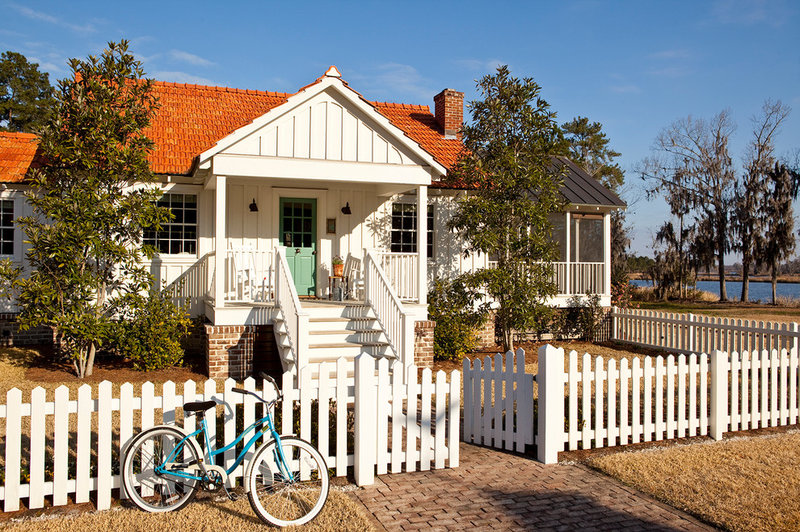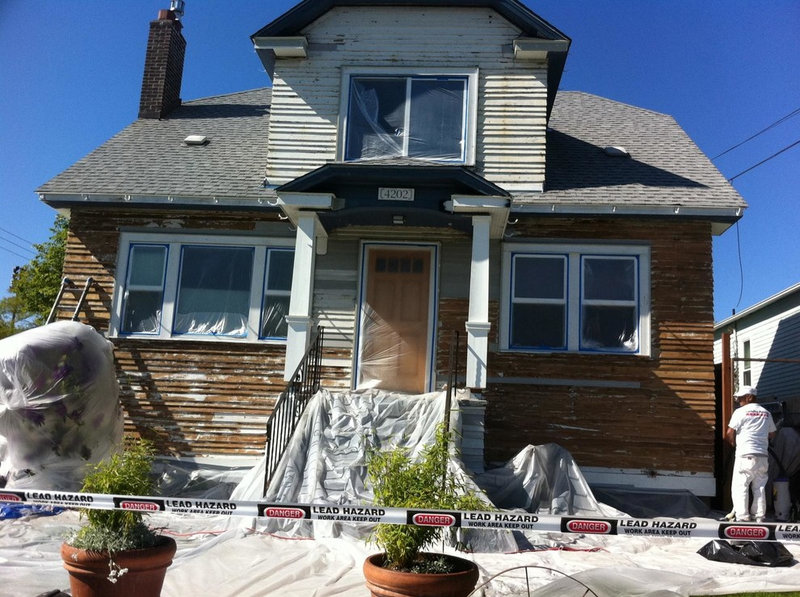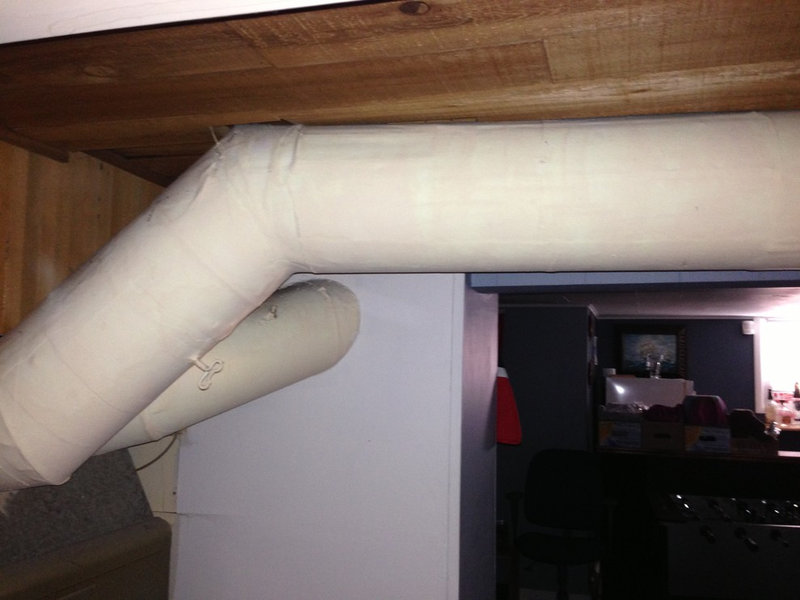Many of us share the same dream: find an adorable fixer-upper in a great location and set out to make it swoonworthy. But when the budget isn’t limitless, it becomes even more important to know what to look for before purchasing a house that needs a lot of work. Older homes often have underlying safety and construction issues, and you can save a lot of time and money by planning for them.
Here we’ll also discuss how to recognize what is valuable in your period home, and how you can preserve its charm in your remodel.
Before you dive in, look carefully at the inspection report, talk with your contractor and study the history of the home and the neighborhood. Wade Palmer of WIN Home Inspection Services and general contractor Greg Blea gave me the lowdown on the 15 most important questions to ask.
1. What is your budget? For some remodels of historic homes, there’s a large budget and the admirable goal of preserving an architectural gem, no matter the cost. I’ll be focusing more on projects with modest budgets in this ideabook. Many of the questions are still the same, but the decisions about how to move forward are different when the budget is limited.
2. Is it in a historic district? If so, the design and permit processes can be lengthier and more expensive, and using the required historically correct materials can add significantly to the cost. But a historically protected neighborhood and architecturally unique homes often mean more consistent — and rising — property values.
3. What is the weather in the area and the intended use of the building? A home for a family of four in a wintry climate will require a different and costlier approach than a vacation cottage that is used only in the summer months. To keep costs down, plan for construction during the best weather.
3. What is the weather in the area and the intended use of the building? A home for a family of four in a wintry climate will require a different and costlier approach than a vacation cottage that is used only in the summer months. To keep costs down, plan for construction during the best weather.
4. Does the house have beautiful bones? Some things are irreplaceable or would cost a fortune to re-create. Older wood floors, for example, have greater color and character than newly milled floors. Solid wood paneling, trim and doors are expensive to replace. Elaborate millwork may be impossible to find or replace.
5. Is there lead-based paint? Most states now require protective actions for dealing with lead-based paint. These actions require training and certification by the state, and the time-consuming process can increase the cost of even a small renovation.
6. What about asbestos? Asbestos was commonly used in older homes, often in insulation, siding, flooring and other components. It must be removed by a certified abatement crew, or in some cases it can be encapsulated. But it is not something to tackle yourself. Professionals advise taking care of asbestos in the proper way, as it will increase the value and sales potential of your home, as well as its safety.






